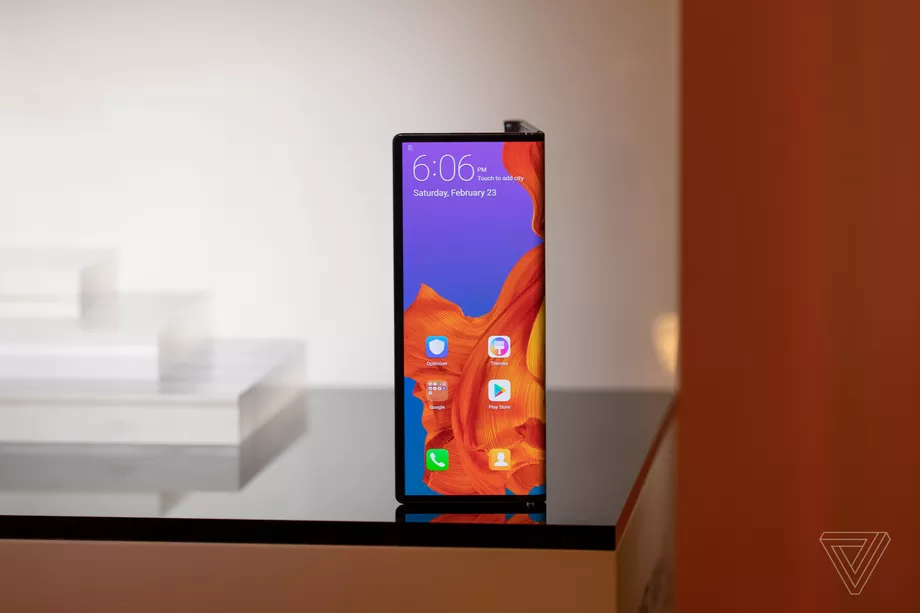The two most anticipated foldable phones are starting off to disastrous launches

In February, the tech industry got its first looks at the first wave of foldable smartphones, with two devices generating the most excitement: the Samsung Galaxy Fold and the Huawei Mate X. Fast-forward to May, and both devices have gotten off to disastrous fates pre-launch, with the Fold delayed for defective screens and the Mate X’s questionable future for Android support following President Trump’s executive order banning the US from conducting business with the company.
The Huawei Mate X emerged as the most formidable folding phone out of this year’s Mobile World Congress. My colleague Vlad Savov called its design the most refined and polished version of the device category with a form factor that felt sensible and realistic for everyday use. Now that the ban threatens to stunt the Mate X’s Android software support, preventing it from receiving updates to the OS and popular Google services, it’s hard to convince interested buyers that uncertain future is worth $2,600.
That doesn’t mean the Mate X is dead on arrival just yet: the phone isn’t expected to launch until June, and, given the unpredictability of the current US administration, it is possible that the ban could be lifted or at least softened over the following weeks. Huawei may also already have its Android licensing deals for the Mate X and its other anticipated flagship, the Mate 30 / 30 Pro, in place before the US government edict, meaning the devices could at least ship with Android Pie.
$2,000 SHOULD AT LEAST NET YOU A PHONE WITHOUT REDUCED CAPABILITIES
But even if that’s the case, should the ban remain in effect, that means the Mate X may miss out on crucial Android security patches or receive them on a slower schedule than competitors (say, if Samsung’s device, returns to the fold). It also means that the Mate X is unlikely to receive updates to Android Q, the OS version where Google will implement more of its upcoming foldable device features. Early adopters may be willing to spend upward of $2,000 on a next-generation device, but most will have to admit that that amount of money should at least garner a phone without reduced capabilities.
Operating without Android isn’t unusual for Huawei; in China, where Google is banned, the company (and just about every other Chinese mobile company) runs its own app store where it releases updates direct to consumers. The company has also been preparing for the worst by developing its own mobile OS should strained foreign relations between China and the US continue. Still, that’s a mobile culture that consumers outside of China aren’t used to, and it would be difficult to convince them to adopt it.
Meanwhile, the Fold is still undergoing a design tweak with the company alerting customers that their orders will automatically be canceled if the device doesn’t ship by May 31st. The Fold was originally expected to ship on April 26th.
While the Galaxy Fold and the Mate X are facing entirely different challenges ahead of launch, it is unnerving to see two of the top folding smartphones from fairly successful manufacturers struggling to land a smooth launch for a new product category. Samsung is still being extremely vague about when the Fold would ship, and Huawei hasn’t said anything about delaying the Mate X either, so the rest of us can only watch on until June arrives. For now, it seems anyone interested in a foldable smartphone should likely hold off on their investment until the technology is proven on both the hardware and software standpoints.
Source: https://www.theverge.com
Tags :
Previous Story
- FCC set to let phone companies block more...
- Dynamic Phone Applications People Overlook
- OnePlus Just Unveiled What Could Be The Best...
- HTC's new, cheaper blockchain phone will run a...
- Oppo's Avengers phone hands-on: One for the fans
- 64-megapixel phone cameras are coming
- Using a phone while shopping may lead to...
- OnePlus 7 ad drops the phone in water,...